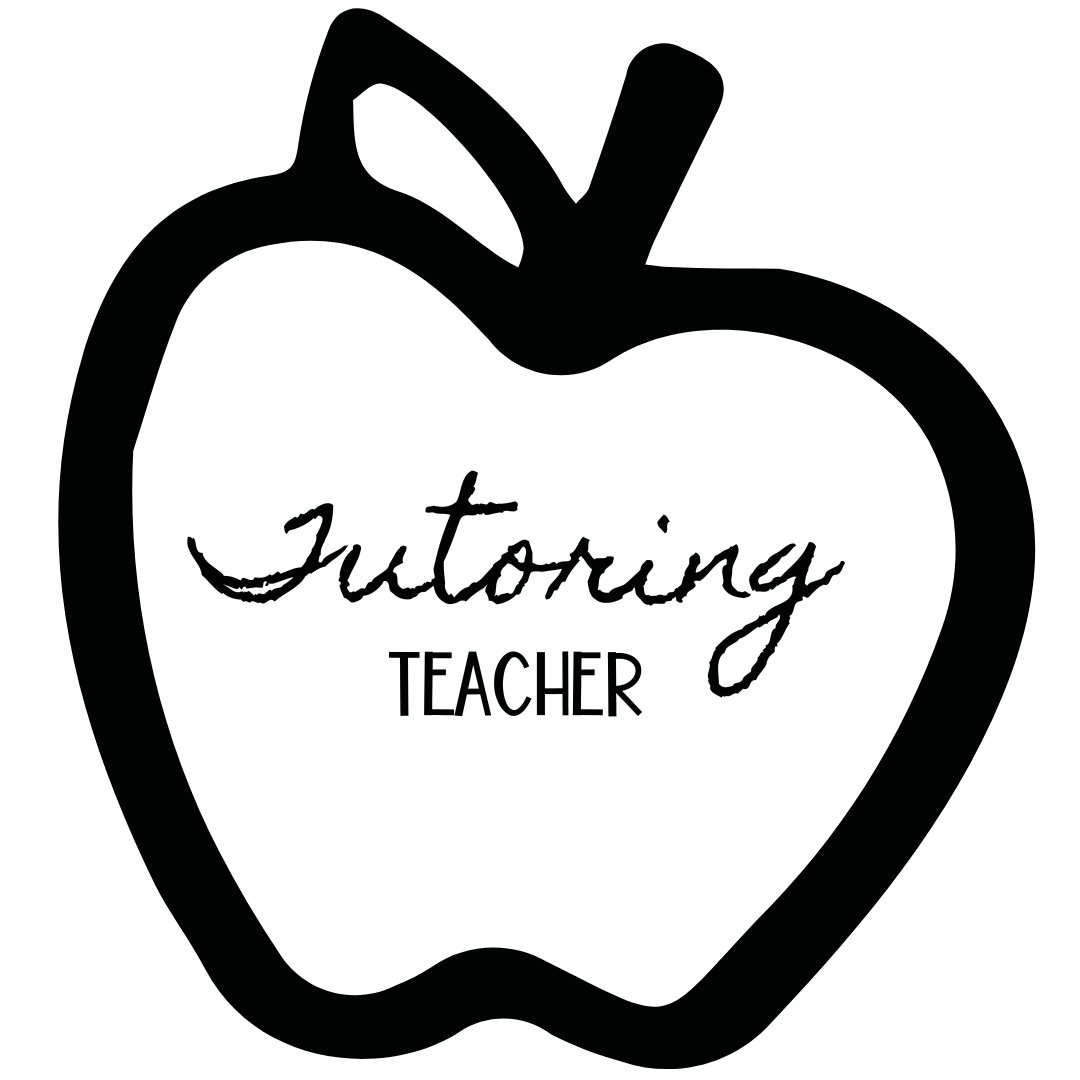Teaching Black History to Young Children: Engaging, Impactful, and Necessary

As a veteran teacher with 13 years of experience, I’ve seen firsthand how young children absorb the world around them. They notice differences, ask big questions, and form their beliefs based on what we teach—or don’t teach—them. That’s why introducing Black History early is crucial, especially given the current political climate, where discussions about race and history are being restricted in many places.
Black History isn’t just for February. It’s American history. It’s world history. And it’s essential for helping young students develop empathy, respect, and a well-rounded understanding of the world.
Why Teaching Black History Matters More Than Ever
Right now, some schools and states are limiting discussions on race and historical injustices. This makes it even more important for educators to ensure students learn about the contributions and struggles of Black Americans. Black History isn’t just about struggle—it’s about resilience, innovation, and excellence. Children should grow up knowing about scientists like George Washington Carver, aviators like Bessie Coleman, and leaders like Dr. Martin Luther King Jr. and Harriet Tubman.
Ignoring these stories does a disservice to all students, not just Black students. It creates gaps in their knowledge and prevents them from seeing the full picture of history.
Making Black History Engaging for Young Learners
For young children, history needs to be accessible and interactive. That’s why Black History Biographies and Coloring Pages are such a valuable resource. These materials introduce key historical figures in a way that’s age-appropriate, engaging, and easy to integrate into daily lessons.

Benefits of Using Black History Biographies and Coloring Pages
✔ Developmentally Appropriate – Simple, clear biographies introduce historical figures in a way that young children can understand.
✔ Hands-On Learning – Coloring pages allow students to engage with the content visually and kinesthetically.
✔ Celebrates Diversity – Representation matters! Seeing Black inventors, leaders, and artists helps all children appreciate different cultures and achievements.
✔ Encourages Conversations – These resources naturally spark discussions about fairness, perseverance, and change-makers. Discussion questions are also included.
✔ Flexible for Any Setting – Perfect for classrooms, homeschool settings, and even as a family activity at home.
How to Use These Resources in the Classroom
- Morning Meeting Spotlight – Introduce a new historical figure each morning and discuss their contributions.
- Integrated Literacy – Read a short biography, then have students color the corresponding page while discussing key takeaways.
- Cross-Curricular Learning – Tie lessons into science (Garrett Morgan’s traffic light), math (Katherine Johnson’s NASA calculations), and music (Duke Ellington’s jazz influence).
- Classroom Displays – Create a Black History Month (or year-round!) bulletin board showcasing students’ colored pages and reflections.
Final Thoughts
Teaching Black History to young children isn’t just about history—it’s about shaping the next generation to be informed, compassionate, and culturally aware. Resources like Black History Biographies and Coloring Pages make this task easier by providing meaningful, engaging ways to introduce these important figures to our youngest learners.
If we don’t tell these stories, who will? Let’s make sure our students grow up with a complete, inclusive understanding of history—because representation in education matters. (Look for more in my store soon.)
